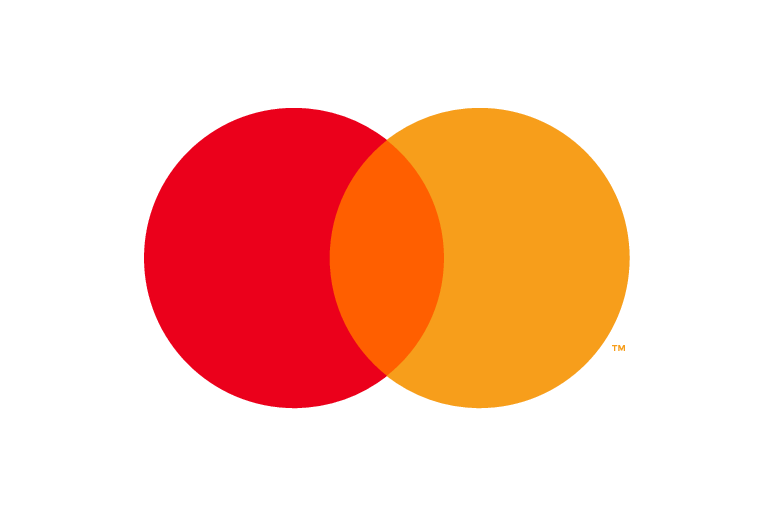This is the Sponsored paywall logged out

Just as customers can choose how they communicate with you, so increasingly they can choose how to pay. A Utility Week Live Summit roundtable explored the latest innovations in payments methods.
“The vulnerability and debt area were low down on people’s radar, and all of a sudden, at exec level, they’re at the forefront. It’s been much easier to get initiatives through, because people are worried about the impact [of the pandemic]. Usually you’re kept in a cupboard somewhere and not allowed out. Now, you’re front of house.”
The observation, shared at a virtual roundtable discussion on innovations in payment held at Utility Week Live Summit and in association with Mastercard, reflects the experience billings, debt and collections departments have had through the pandemic.
On the one hand there is the growing number of customers falling behind with their payments – 600,000 new customers by Christmas alone, according to Citizens Advice – and the fear that many more could follow as government support schemes come to an end. On the other hand, “innovations are available”, as another delegate said – and as collections departments benefit from heightened board-level attention and resource, there is an opportunity for a digital revolution bringing multiple benefits for customers and the business alike.
First, let’s look back a little. As the scale of the coronavirus crisis became clear in March 2020, customer and collections leaders were immediately concerned at the impact it could have on bad debt, payments and, in particular, vulnerable customers. Some of these fears have already come to pass – roundtable delegates spoke of an increase in requests for payment plans and Direct Debit cancellations, for example, as well as people making use of government-mandated schemes that allowed them to keep their Direct Debits artificially low. But the full extent expected of the crisis has not yet materialised – and the jury is out as to whether this is because it has been delayed by furlough and other state support schemes, or simply because it’s not as bad as feared.
Yet the wider impacts on billing and collections are already being felt. Several of our delegates spoke of an increased business focus on their departments, and willingness to invest in new technologies. One leader from a major energy retailer had used it as an opportunity to completely reinvent how the department did business, working much more closely with technology and delivery specialists in an agile environment to collect deeper data on customers’ payment habits and attitudes.
He spoke of increased business support for debt and collections, including additional resourcing, in an attempt to be ready for increased bad debt; operational improvements; and a focus on customer insight and data.
The pressure for innovation in payments is both “push” and “pull” – meaning it’s coming from utilities, which want to increase efficiencies and generate deeper insight; and from customers, who increasingly want to self-serve via digital channels. One major retailer explained they had seen
e-billing double over the past 12 months, and it now accounted for 25 per cent of all bills.
Another delegate noted that the digitalisation of collections had historically been underinvested in by utilities, lagging billing. The question for utilities as they look to deployment at scale is which innovations really benefit the business and its customers. As one delegate said: “We’re running around in the sweetshop trying lots of stuff before essentially having to decide, right, this is where we are going to go.” Another said: “We’re reviewing what we want to keep and what we want to kill.”
So what drives this decision? For our delegates, it’s based on three factors: cost; what customers want and will actually use; and what will generate most useful insights for the business.
A number of delegates suggested customers would prefer to pay via their own banking app, and combining advances and innovation into what is already a trusted, familiar app resonated with the attendees. Pay.UK’s Request to Pay service was referenced as a good example of this. “The days of downloading an app for every single thing have gone,” commented one delegate. “The trend is to have very simple self-serve.”
Do these new technologies spell the end of the humble Direct Debit? Not according to our delegates, who felt that Direct Debit would continue to have a place, but that it was not suitable for everyone – for example, for workers in the gig economy or those who simply need flexibility of payments.
Overall, while guests at the roundtable felt that meeting current challenges around billings, collections, and debt was supported by payment industry innovation, there was room for further progress, particularly with the financially vulnerable in mind. There was recognition that the current payment process doesn’t work for all, and creating new solutions with the end user firmly at their heart would be welcomed. The ball is in the payments industry’s court when it comes to proving their worth to customers and business alike to achieve the scale needed to have a meaningful impact. As we head into the unchartered economic waters beyond coronavirus government support schemes, there will be plenty of opportunity to do just that.
Comment James Bushby, vice president product sales, Mastercard
“Request to Pay is a win-win for billers and payers”
 At Mastercard, we believe we have a responsibility to do more than recognise the wide-reaching impact of the global pandemic – we need to work hard to find new ways to support people and businesses alike as the way they make and receive payments has changed over the past year.
At Mastercard, we believe we have a responsibility to do more than recognise the wide-reaching impact of the global pandemic – we need to work hard to find new ways to support people and businesses alike as the way they make and receive payments has changed over the past year.
New technologies have opened up so many possibilities, giving us the opportunity to make payments easier, frictionless – after all, payments are the oil that keeps the wheels of commerce turning.
But it’s easy to get carried away with innovation for the sake of innovation and that’s why checking in with our customers is important to us; it’s invaluable in informing our plans in the payments space, and the roundtable facilitated by Utility Week underlined our thinking on the needs of paying customers and billers alike.
The experiences shared by our roundtable guests chimed with our own extensive research into billing and bill payments in the UK. Existing solutions, like Direct Debit, suit many but don’t work for all – those on an irregular income, for example, like gig workers, vulnerable payers, or contractors, need flexibility over outgoings.
Of course, people with inconsistent or lower incomes can find themselves caught short and fall into arrears. Not good for them, and not good for billers managing payments.
Part of the solution lies in Request to Pay (RtP). Standards for RtP have been developed by Pay.UK, the company responsible for the UK’s major payment systems, Bacs (Direct Debit), Faster Payments, and the new cheque Image Clearing System. It’s now up to the industry to create technical solutions to meet those standards, and Mastercard was among the first to enrol into Pay.UK’s RtP Framework.
Simply, RtP is a secure messaging service allowing billers to request payment for goods and services.
It also enables billers to open billing-related conversations with customers, potentially resolving arrears issues before they arise, and avoiding the associated costs as well as the time and hassle involved in chasing outstanding payments.
For paying customers, RtP offers flexibility, choice, and control over bill or invoice settlement; it helps those on low or irregular incomes to manage payments or start dialogue with billers to resolve problems with the payment timing or amount.
We believe RtP holds the answer to many of the problems faced by billers and their customers, but widespread adoption is key, and we’re confident the utilities sector will be quick to lead the way for billers across the country.

Please login or Register to leave a comment.